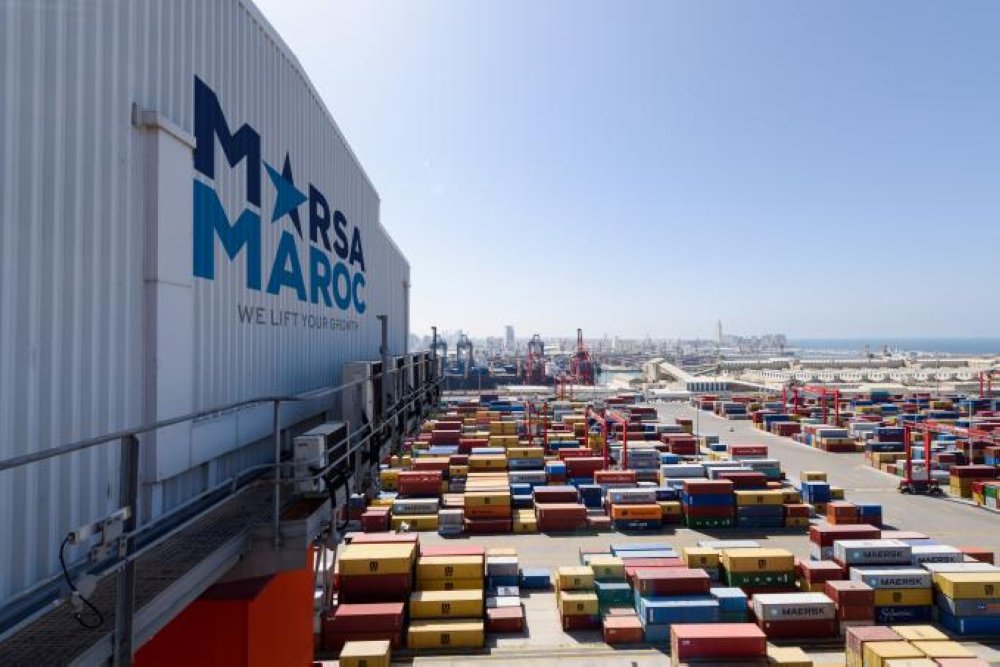Youth unemployment: Morocco is investing in learning
Faced with persistent youth unemployment, the Government is betting on a concrete lever: apprenticeships. Through the national TADAROJ program, it aims to train 100,000 young people per year by 2026, placing businesses at the heart of the system, the goal being to make apprenticeship training a driver of professional integration and economic competitiveness.
TADAROJ is based on a work-study model inspired by international standards: 80% practical training in a company and 20% in an accredited center. The apprenticeship leads to a recognized diploma. «Apprenticeships without companies don’t work. Companies are at the heart of the model: they train, pay, and integrate young people into production «said Younes Sekkouri, Minister of Economic Inclusion, Small Business, Employment, and Skills.
The program allows companies to create their own training spaces, veritable “ in-house schools ” tailored to their specific needs. “ It’s the company that opens its own school, provides training according to its requirements, and guarantees direct job placement ,” the minister emphasizes. On the job, apprentices work in an immersive environment, often recognizable by their blue smocks. This close connection to the workplace results in a job placement rate exceeding 90% in the training companies.
For 2025-2026, a total budget of 800 million Dirhams (USD 87 million) has been allocated. The Government has increased the subsidy to 5,000 Dirhams (USD 542) per apprentice per year, paid to the company, cooperative, or craft unit. However, the minister clarifies, «the bulk of the funding comes not from the public budget, but from the company: it pays between 500 and 2,000 dirhams (USD 54 to 216) per month to the apprentice for six months to two
years». This remuneration is crucial. “ Many young people can’t make it without an income. Successful training requires a minimum of resources: a salary, a meal, and transportation ,” adds Sekkouri. To prevent abuse, the proportion of apprentices must not exceed 20% of a company’s total workforce. The sectors most involved are textiles, wiring, aeronautics, food processing, and tourism—all sectors with strong employment potential and where the need for skilled workers is pressing.
TADAROJ’s success is based on modernized governance and digital management. All agreements, registered participants, and training institutes are centralized in a unified information system. Each apprentice is identified by their Massar number, guaranteeing the traceability of their progress and the monitoring of their integration.
Sectoral committees oversee the implementation of agreements and evaluate results. At the national level, Morocco has 2,300 training institutes spread across the country. «Training opportunities are available everywhere, but job placement will depend on local dynamism,» the minister points out. «Businesses and regional demand will determine the pace of deployment «, he added.
At the heart of the system, the National Agency for the Promotion of Employment and Skills (ANAPEC) plays a pivotal role. The agency identifies needs, mobilizes businesses, guides young people, and monitors their integration. In two months, it contacted 12,000 companies and identified 39,000 potential positions. «We have integrated NEETs—young people Neither in Employment nor in Education—into our databases: nearly 30,000 have registered recently», explained Sekkouri. ANAPEC is thus becoming a key operational player, connecting businesses, training institutions, and young job seekers.
Khadija MASMOUDI
2025-10-30 16:29:13
www.leconomiste.com




